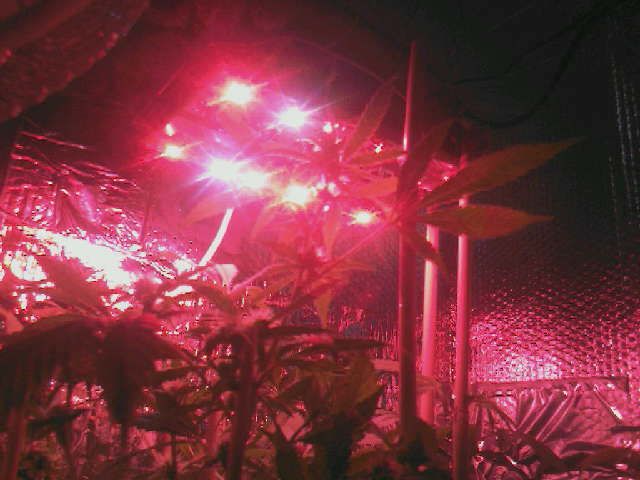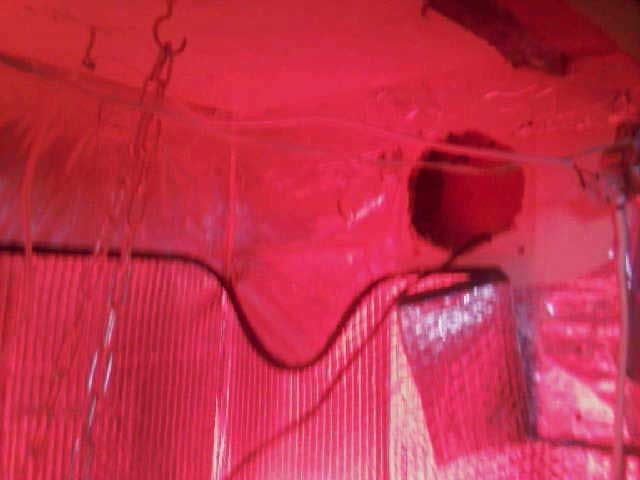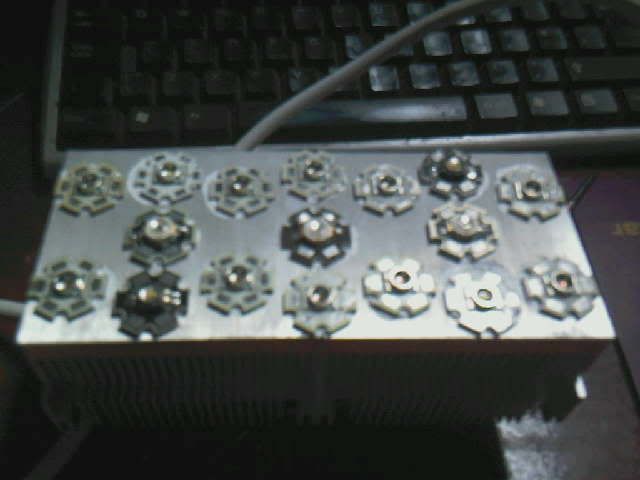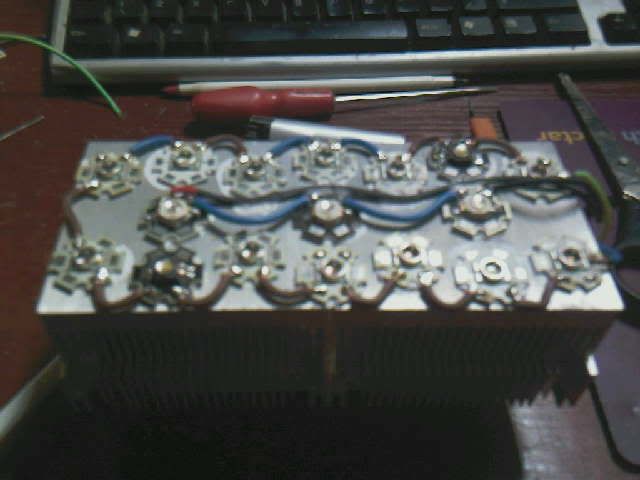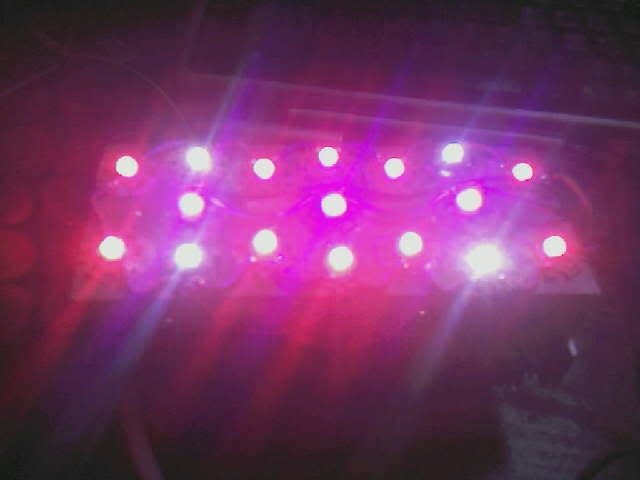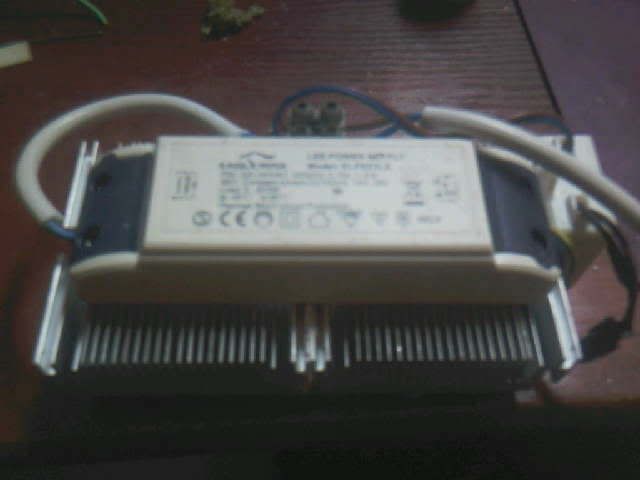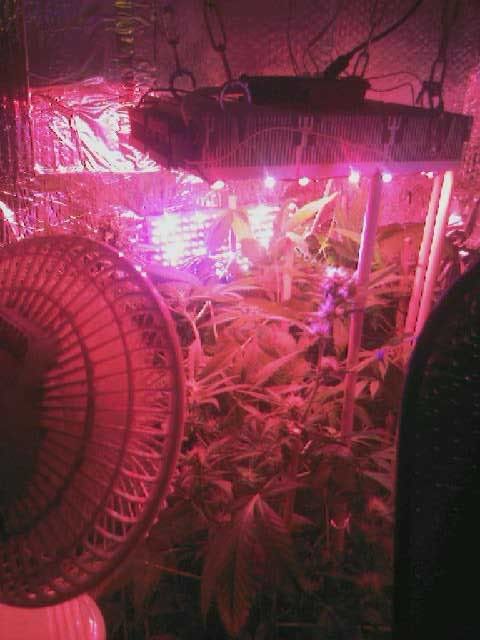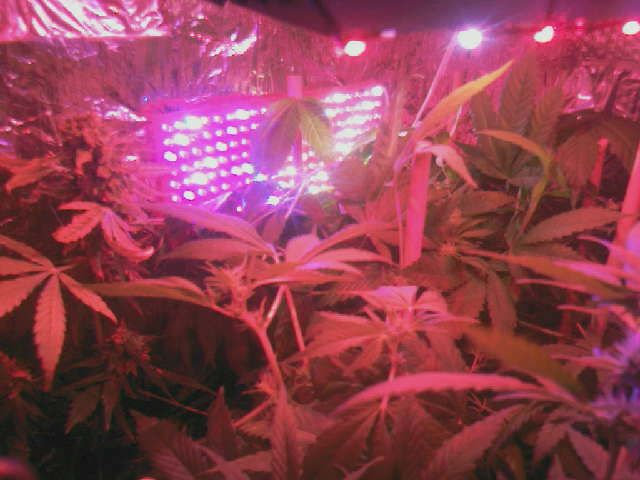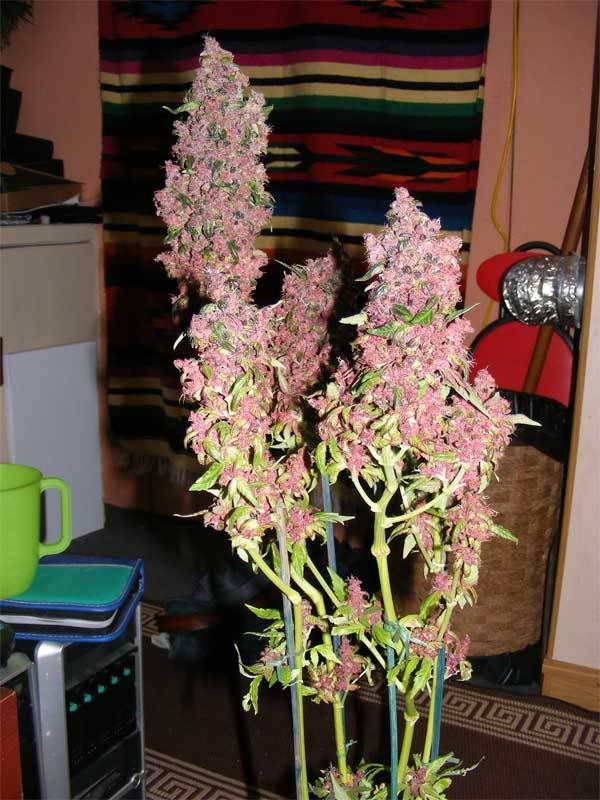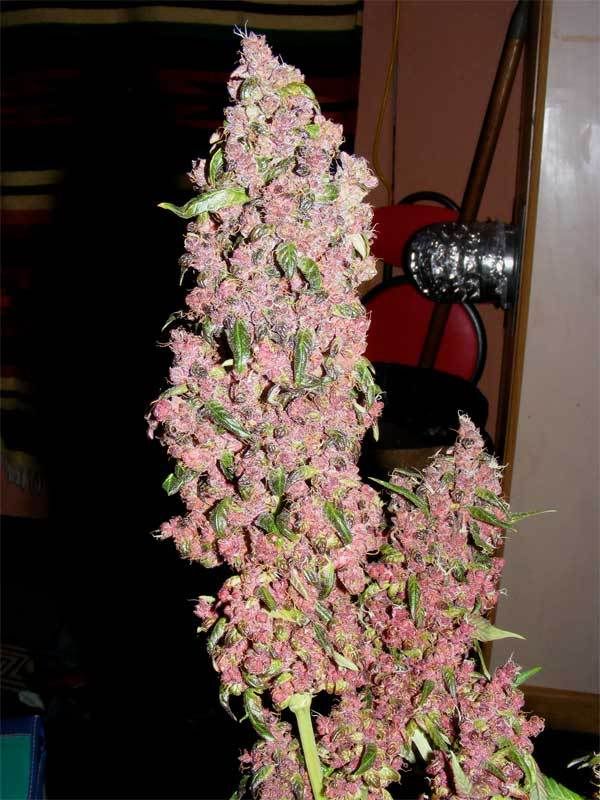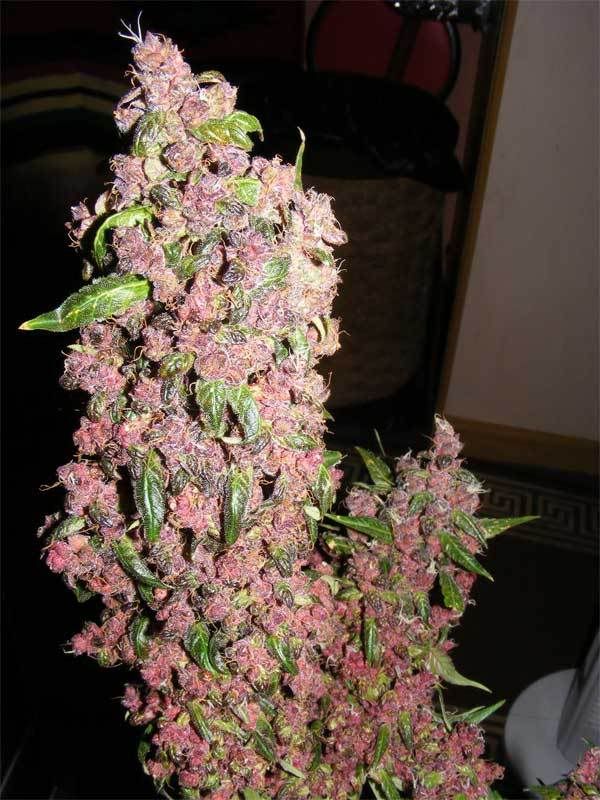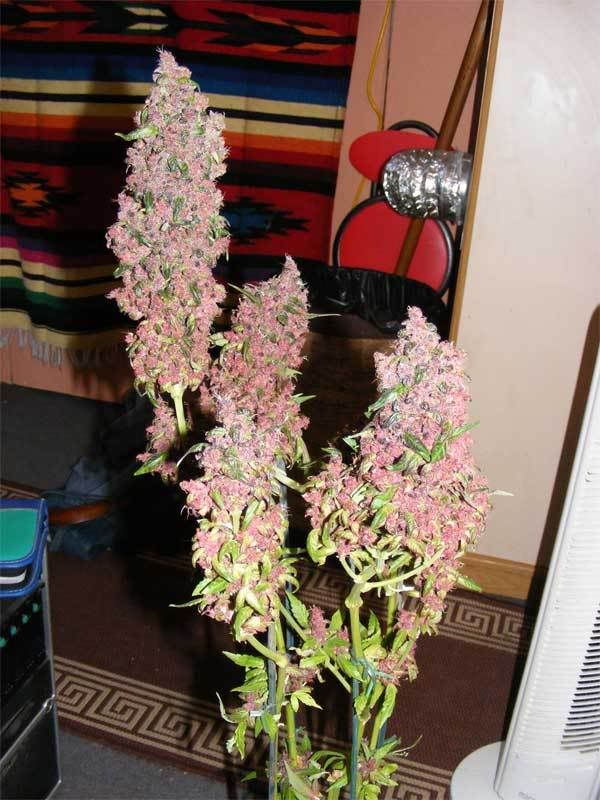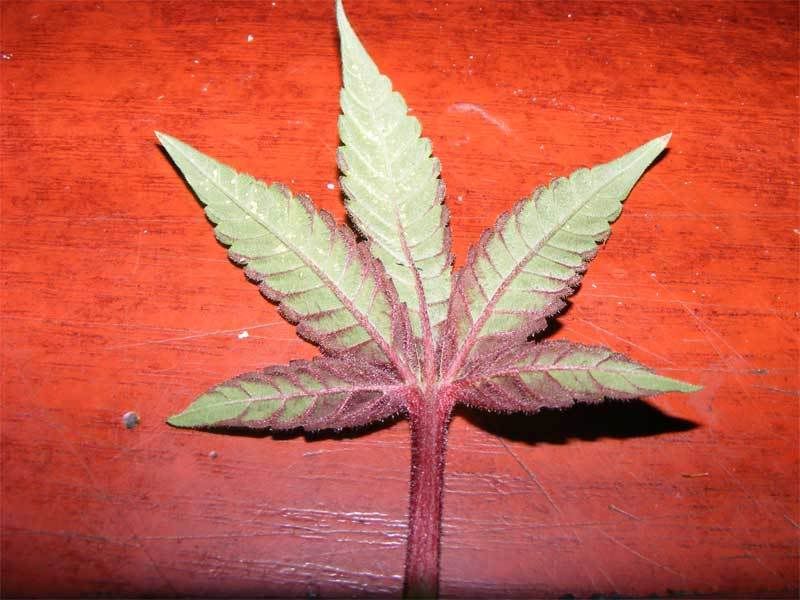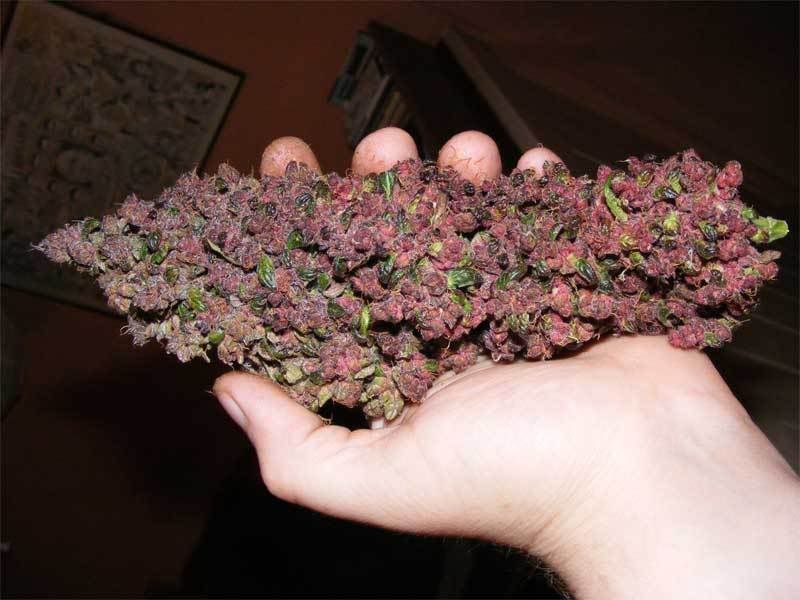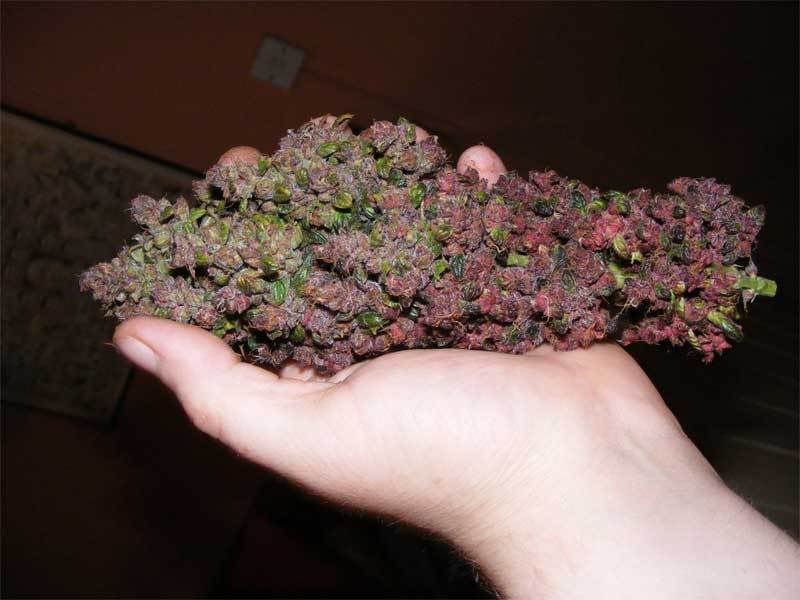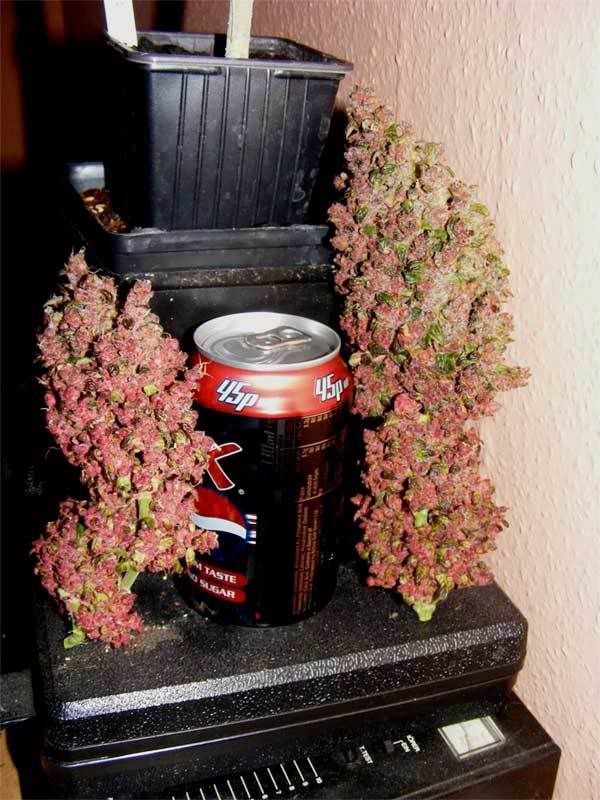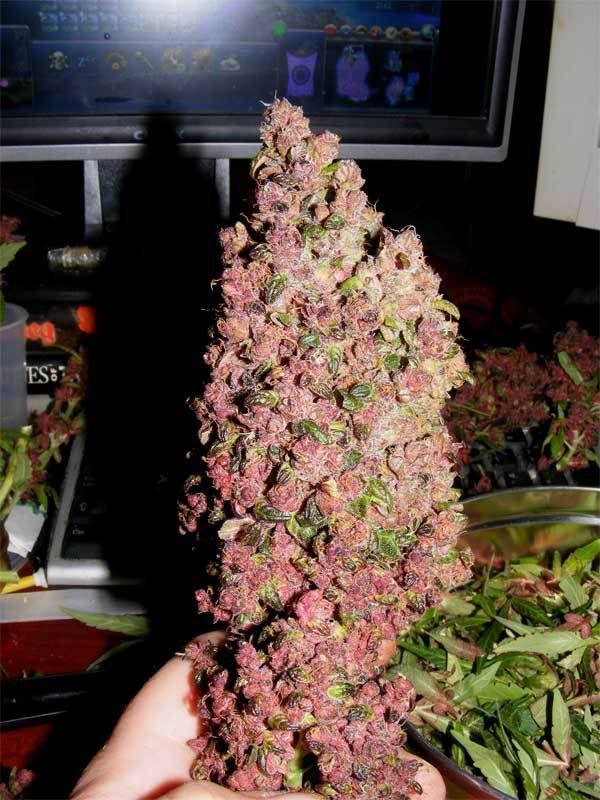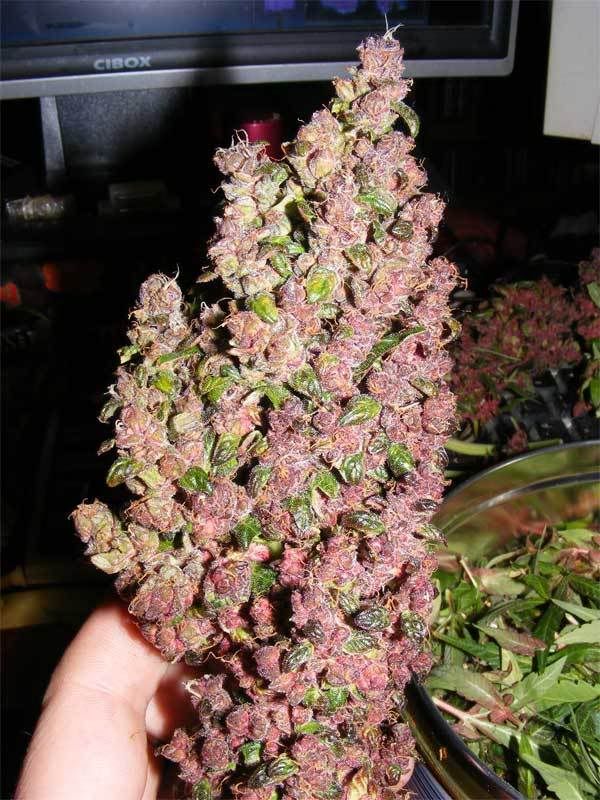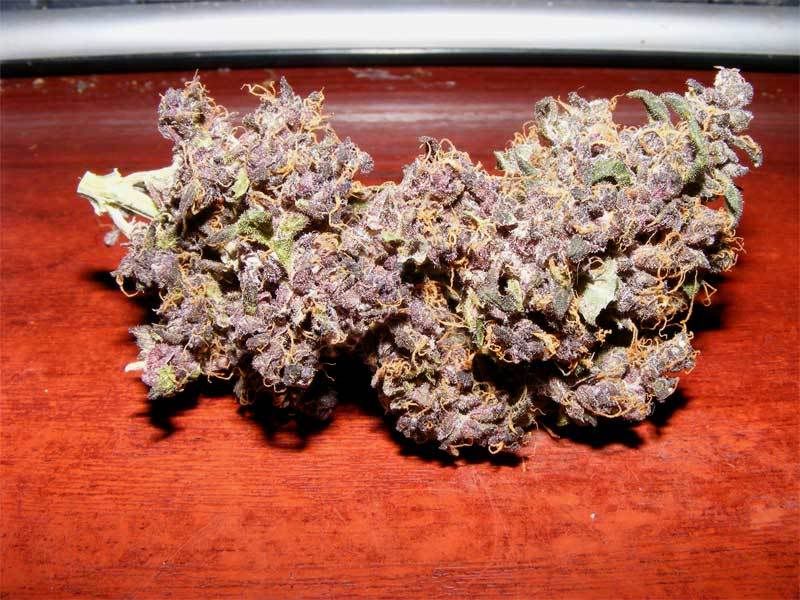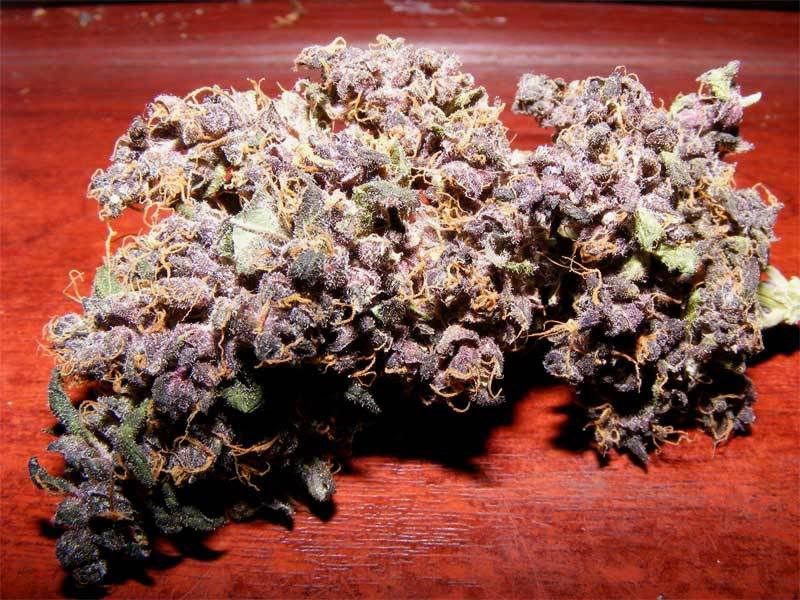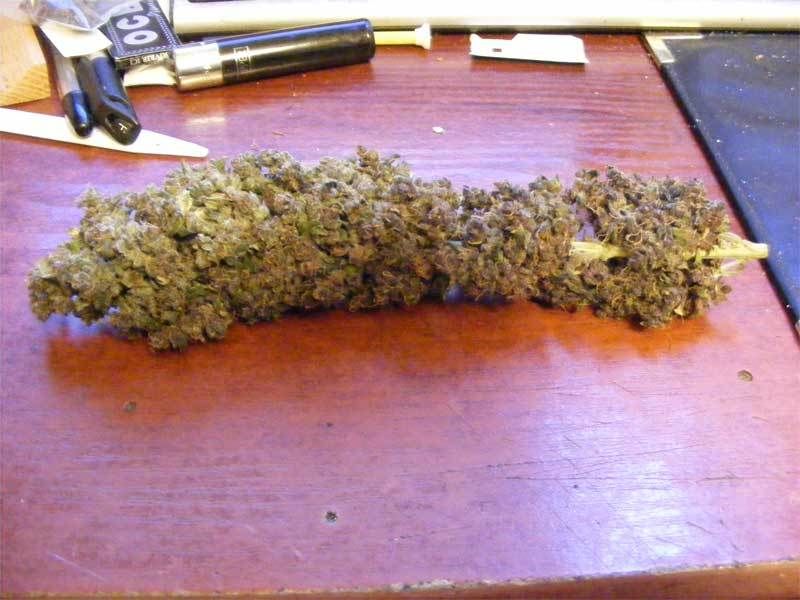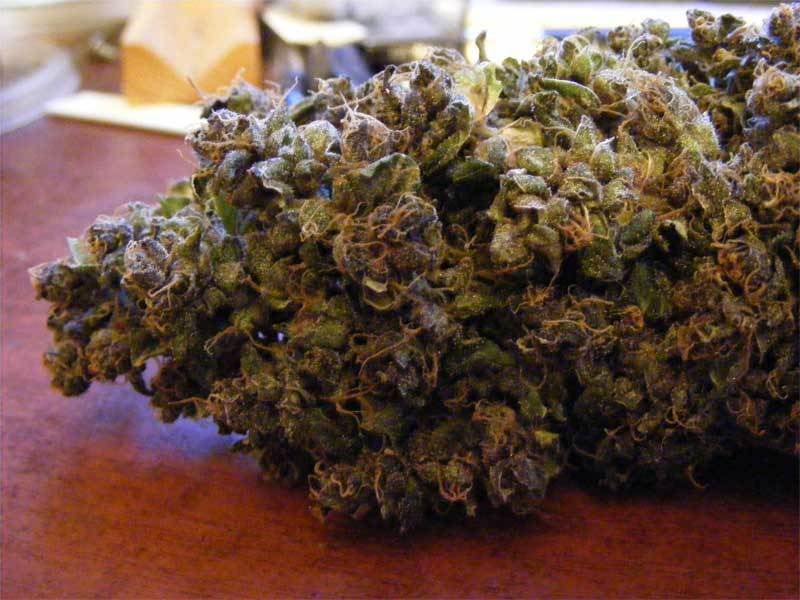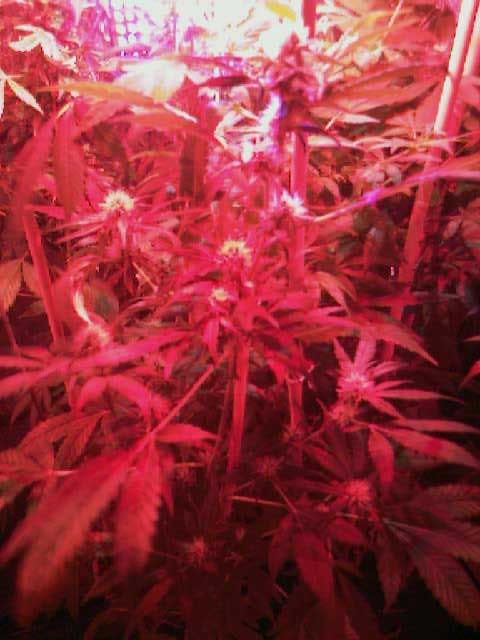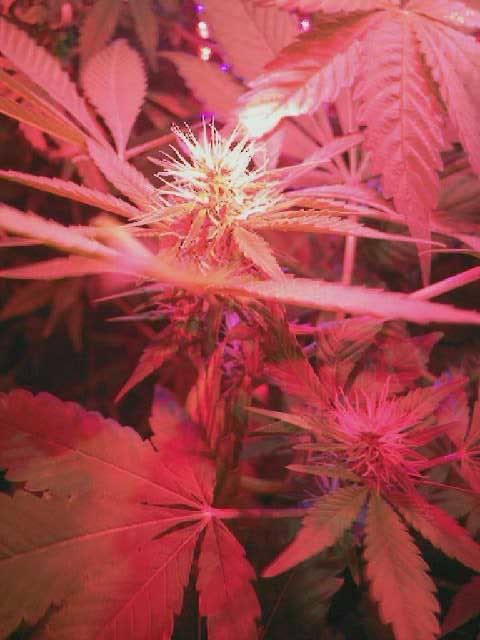G
Guest
Ohm's law. If the board is running on a 12V supply, and has 24 strings of LEDs running at 20mA, then 24 x 20mA = 480mA, the board is using 0.48A of power, 12 x 0.48 = 5.76W
My veg light has 50 strings total, running at 12V using a 1.25A PSU. 1000mA = 1A, 1250mA/50 strings = 25mA per string. Total wattage is 12V x 1.25A = 15W.
The resistors, well, if you match your LEDs carefully to your PSU, 1R (1 ohm) resistors should be fine.
Yes, 6000mcd is fine, the ratings are fairly meaningless anyway as the manufacturers lie so much. All cheap 5mm LEDs are pretty bad, so you need a lot of them. A 12 string red panel I made as a tester a couple of weeks ago to run on a 12V 0.5A adaptor now has two strings (6 LEDs per string) burnt out, so you have to expect some of the LEDs to burn out if you're using these cheap ones. That said, one of my 4 dollar CREE red high power LEDs has burnt out after a week too.
My veg light has 50 strings total, running at 12V using a 1.25A PSU. 1000mA = 1A, 1250mA/50 strings = 25mA per string. Total wattage is 12V x 1.25A = 15W.
The resistors, well, if you match your LEDs carefully to your PSU, 1R (1 ohm) resistors should be fine.
Yes, 6000mcd is fine, the ratings are fairly meaningless anyway as the manufacturers lie so much. All cheap 5mm LEDs are pretty bad, so you need a lot of them. A 12 string red panel I made as a tester a couple of weeks ago to run on a 12V 0.5A adaptor now has two strings (6 LEDs per string) burnt out, so you have to expect some of the LEDs to burn out if you're using these cheap ones. That said, one of my 4 dollar CREE red high power LEDs has burnt out after a week too.



